What does our Milky Way look like? It might surprise you that we don’t actually know for sure, at least the far portion of it. But a new discovery may finally reveal the exact shape of the galaxy we call home.
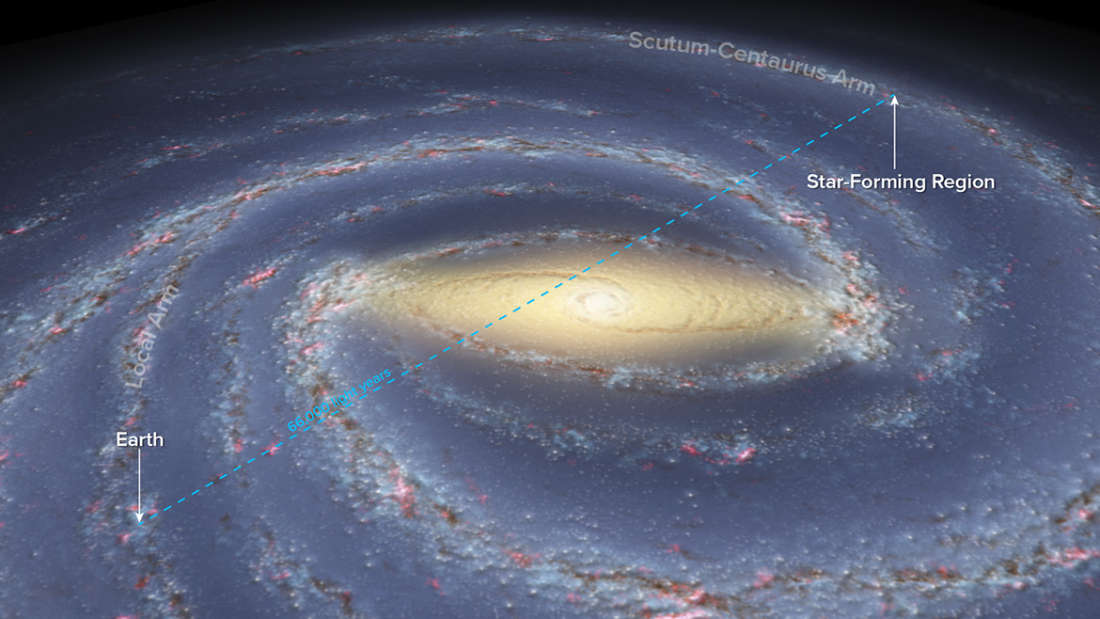
This astonishing finding, published in the journal Science, is that scientists have measured the distance to a group of stars on the opposite side of the galaxy for the first time. Now, we can begin mapping what the Milky Way looks like.
The team used the Very Long Baseline Array (VLBA), a group of 10 telescopes spread across North America, to measure the distance to a distant star-forming region called G007.47+00.05. It was measured in the Scutum Centaurus Arm of our galaxy. This discovery also actually proves that arm exists, which is nice.
Called parallax, the technique allowed them to measure the distance to the stars by noting the change in angle to the distant region when Earth was on opposite sides of the Sun. The smaller the angle, the greater the distance.
Seeing the far side is difficult because of the interstellar dust that blocks optical light. In this research, however, the scientists were able to trace the motions of methanol and water molecules in the distant star-forming region.
The result? Well, they measured the distance as 66,000 light-years, based on observations made in 2014 and 2015. The previous record using parallax was a relatively paltry 36,000 light-years.

How the distance was measured. Bill Saxton, NRAO/AUI/NSF; Robert Hurt, NASA.
“This measurement corresponds to being able to measure a baseball on the lunar surface,” Alberto Sanna from the Max-Planck Institute for Radio Astronomy (MPIfR) in Germany, the study’s lead author, told IFLScience.
“We are essentially measuring the distance to an object which is located on the other side of the galaxy with respect to the Sun.”
The discovery was made as part of a broader survey called BASSAL. The main goal of this is to measure distances to star-forming regions all through the Milky Way, and the final goal is to reconstruct a face-on view of our galaxy from a million light-years away in at least 10 years.
Already from these results, we are finding the far side is a bit intriguing. For example, the arm that this star-forming region is in was found to be not quite flat, but instead pitching up and down.
While the VLBA has been around for a couple of decades, it is only now the parallax technique has been refined to make this measurement possible. The team now hopes to map the distances to other portions of the galaxy, with about a quarter left unchartered.

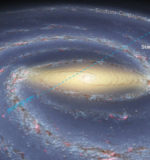


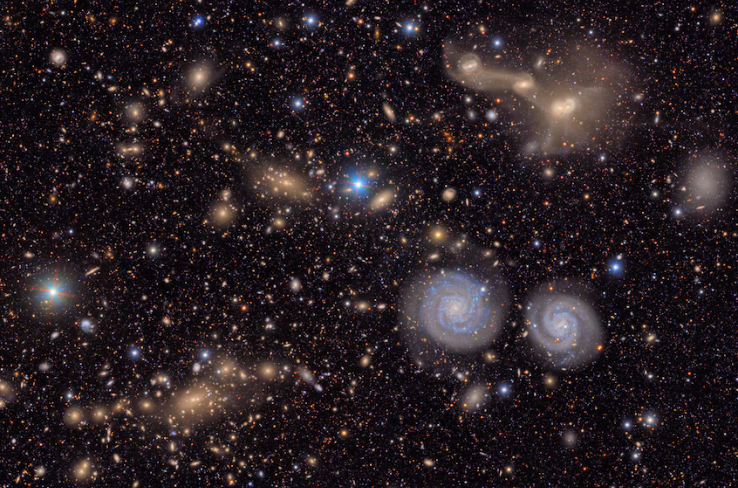
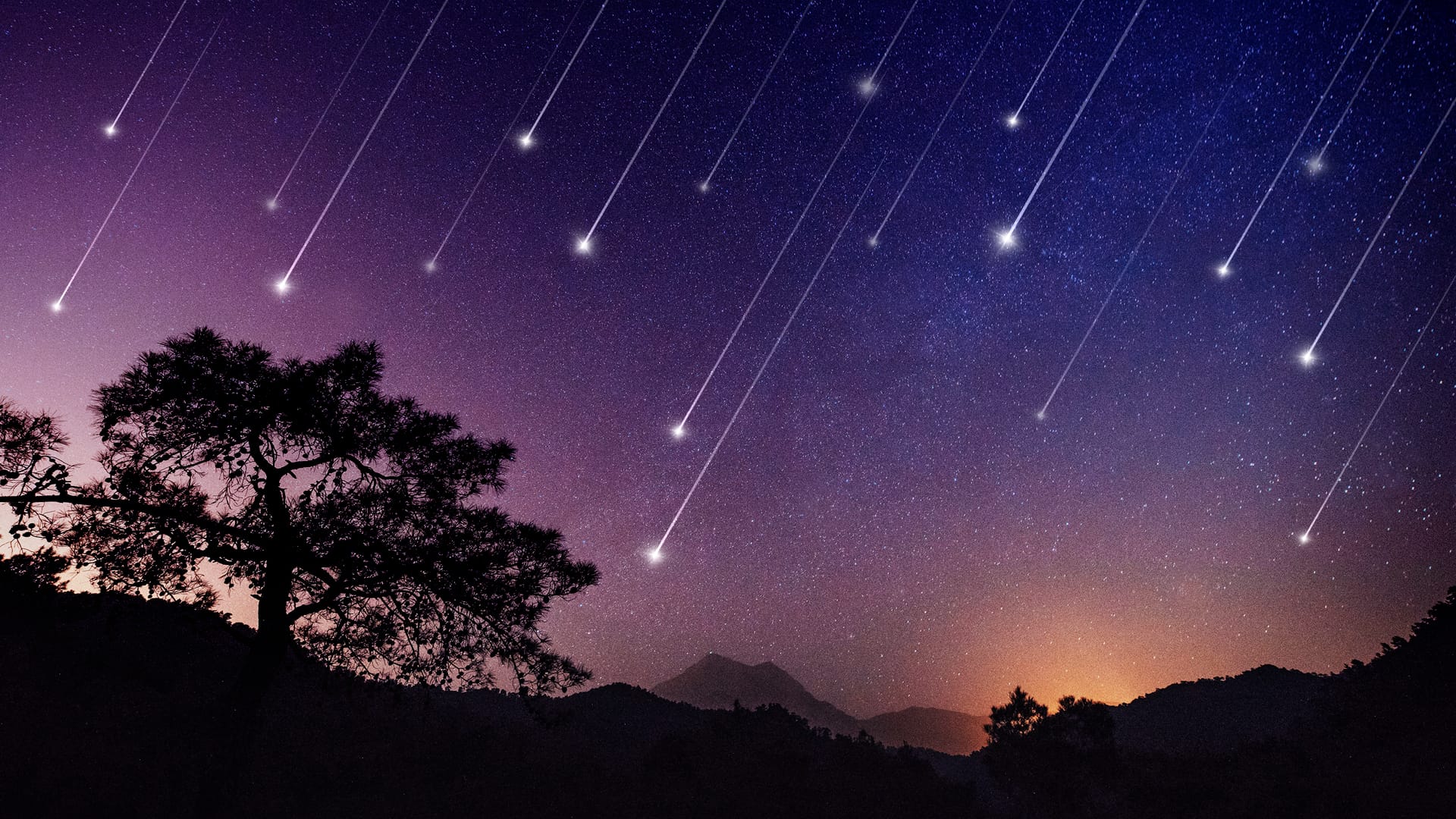
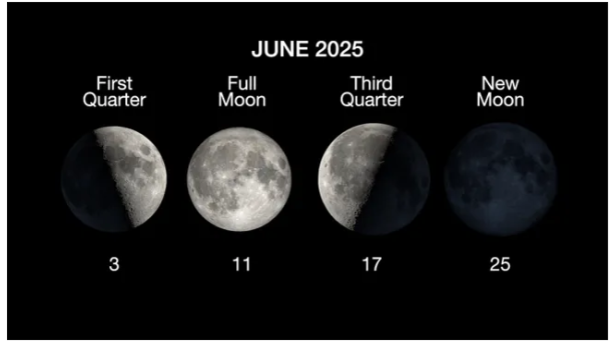
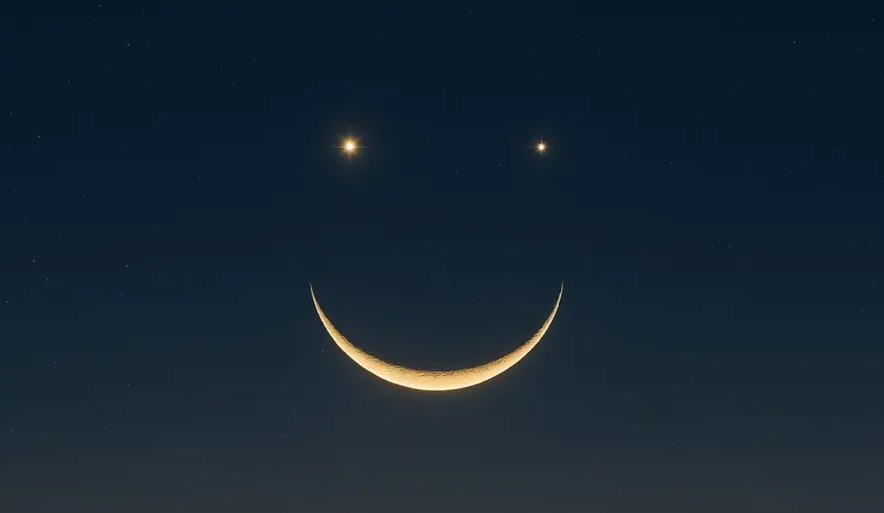
 Photographer Finds Locations Of 1960s Postcards To See How They Look Today, And The Difference Is Unbelievable
Photographer Finds Locations Of 1960s Postcards To See How They Look Today, And The Difference Is Unbelievable  Hij zet 3 IKEA kastjes tegen elkaar aan en maakt dit voor zijn vrouw…Wat een gaaf resultaat!!
Hij zet 3 IKEA kastjes tegen elkaar aan en maakt dit voor zijn vrouw…Wat een gaaf resultaat!!  Scientists Discover 512-Year-Old Shark, Which Would Be The Oldest Living Vertebrate On The Planet
Scientists Discover 512-Year-Old Shark, Which Would Be The Oldest Living Vertebrate On The Planet  Hus til salg er kun 22 kvadratmeter – men vent til du ser det indvendigt
Hus til salg er kun 22 kvadratmeter – men vent til du ser det indvendigt  Superknepet – så blir snuskiga ugnsformen som ny igen!
Superknepet – så blir snuskiga ugnsformen som ny igen!  Meteorite That Recently Fell in Somalia Turns Out to Contain Two Minerals Never Before Seen on Earth
Meteorite That Recently Fell in Somalia Turns Out to Contain Two Minerals Never Before Seen on Earth  Nearly Frozen Waves Captured On Camera By Nantucket Photographer
Nearly Frozen Waves Captured On Camera By Nantucket Photographer  It’s Official: Astronomers Have Discovered another Earth
It’s Official: Astronomers Have Discovered another Earth 
bf4e5g
gjiquy
og43pt